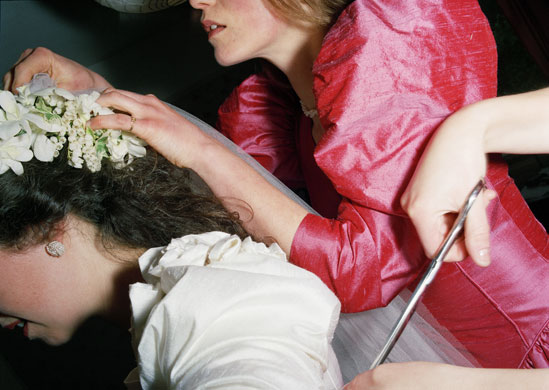Today I've been thinking a little about Landscape photography as clearly my Major Project will be built up centrally around this kind of work. In my landscape work I want to give the viewer an impression of what kind of place Yoxall is so that they have a true feel for it even though there likely never to visit. So how am I going to achieve this, well that's a very good question and to try and find the answer the obvious thing to do I think is have a look at how other photographers have managed this feet in their own work.
To begin with I found this article which offers some interesting suggestions
Urban Landscape Photography Tips . Although the focus is more on the urban side of life this doesn't mean I can't take some of the points made and use them to my advantage, for example it talks about capturing the old and the new together which is just as relevant in a more rural situation. Another useful site I found was
How To Capture Stunning Fine Art Landscape Photography, on this site I particularly liked the idea of looking for relationships between older buildings and the environment around them, do they sit more comfortably in the landscape then there new alternatives? The only problem I might have with this idea is that the older and newer parts of the village don't really merge together so I'll have to put some serious thought into how to get round this problem.
Another thing I've found myself doing is looking on sites like
Alamy at village shots in general just to get a feel for how other people might approach the subject. What I've taken from this is I don't want to fall into the trap of just capturing an image of say the local landmarks and presenting it like a guide say here's the church and the village Post office aren't they nice. What I'd like to do is maybe be a little abstract maybe even minimalist in my approach particularly in the section focused on the Daytime. I don't think this approach would work as well when it comes to the theme of the Abandoned village because for that I'd think a little more depth is need to get across the idea of how things have been left.









